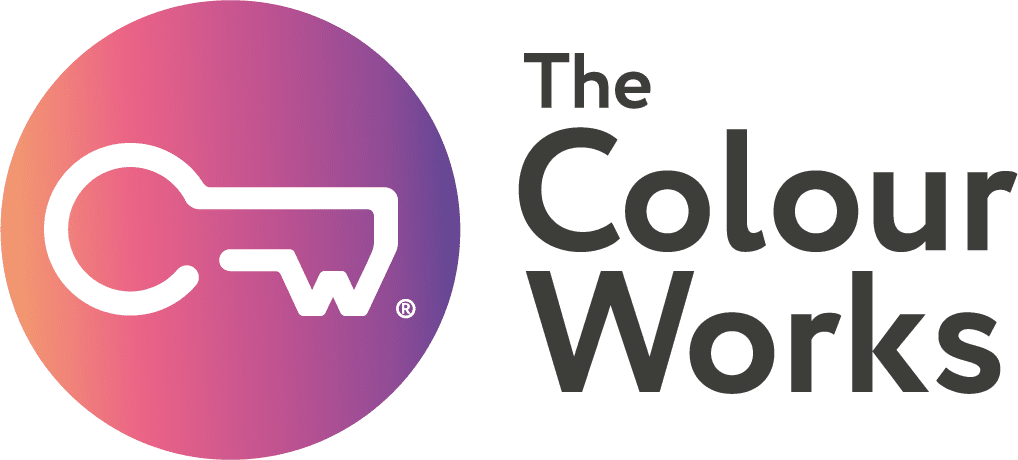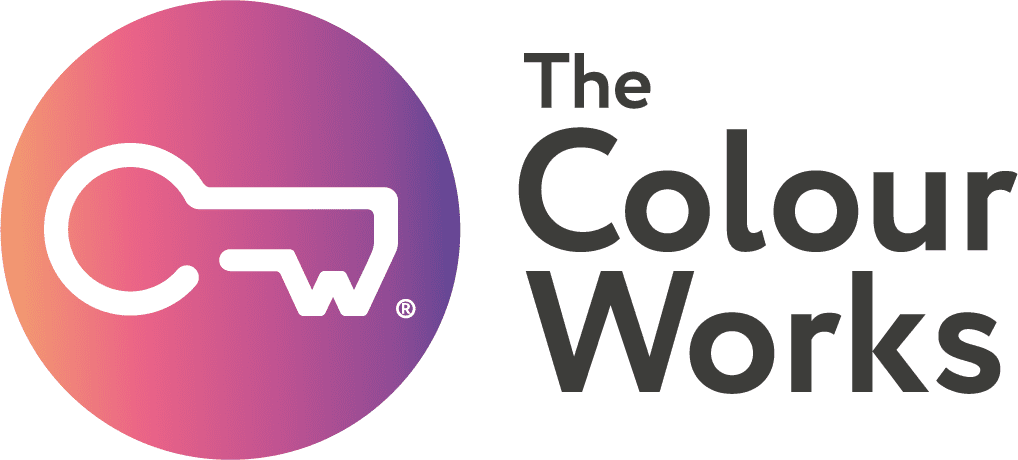What does it mean?
The unique qualities of the different colour energies are not always apparent to Creative individuals when they perceive others or themselves. The Insights Discovery model may seem confusing because the distinctions between the descriptions of the ‘colours’ have no basis in experience – and don’t seem to make much sense.
They have easy access to all of the colour energies, particularly in the “opposition” positioning, and have the ability to make instant connections between them. They may not understand why other members of the team are not as agile mentally or emotionally – and may experience frustration or impatience. This gives an extremely powerful range of Thinking and Feeling, Introverted and Extraverted, and Sensing and Intuitive capabilities.
They are often surprised, and sometimes confused or hurt, by reactions of other members of the team to what they perceive as a “normal” response.
- For example, the individual may be sharing a warm, harmonious interchange with an Earth Green energy preference colleague in one moment – and in the next moment state abruptly that they need to get to work.
- Or, the individual may be humorously engaging with Sunshine Yellow energy preference colleagues in some idea chat in one moment – and in the next appear to coldly distance themselves and begin to negatively (although from their own perception, simply use “the gift of caution” ) rebut the ideas.
They may not experience the same stress responses relating to the different colour energies that were explained during the Discovery Accreditation. The “flips” may not be as intense in their expression – and the stress response could vary considerably.
In addition, the various stages of stress that are learned in the Discovery Accreditation are not applicable in the same way to the Creative position. The stress response for those in the creative position is driven by the particular colour energy they are using in the moment when they experience stress. So, even the initial stages of stress could be expressed as outspoken, challenging and aggressive in one situation and in another be withdrawn and passive.




